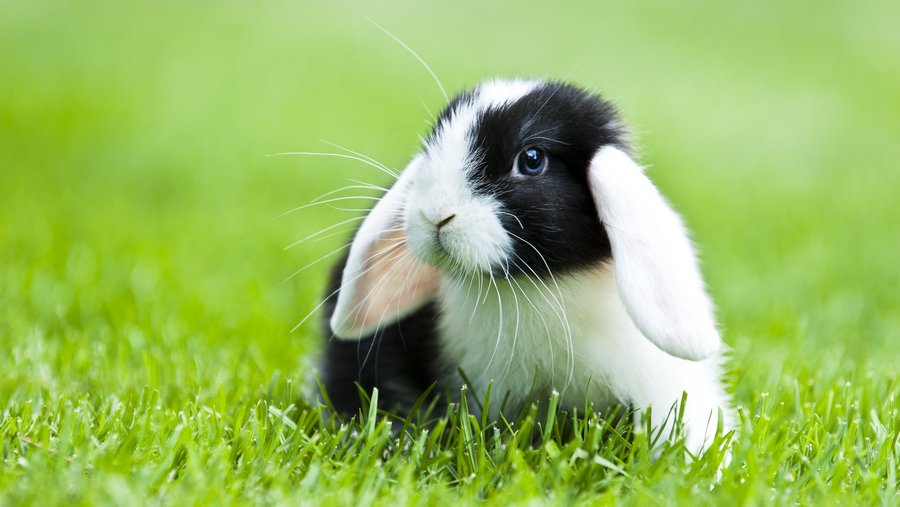The enclosure: Removable and burglar-proof
Suitable enclosures can be bought ready-made in specialized stores, from movable panels to complete aviaries. Or you can build them yourself. It is important that the enclosures protect your animals from unwanted intruders and at the same time your pets cannot escape. An enclosure that is closed off at the top offers the greatest possible safety from dogs, cats, martens or birds of prey. If you use wood for the frame, make sure it is untreated. Since rabbits love to dig for their lives, you should make sure to place a fence mesh at least thirty centimeters deep in the ground around the enclosure for your long ears. Otherwise, it can quickly happen that they dig themselves to freedom. With guinea pigs you can do without this protection. Basically, your enclosure cannot be big enough. Rabbits only really get going when they have plenty of space: they dash wildly through the area and make funny hooks.
The right place: with sunny and shady sides
Ideally, the enclosure should be partly shaded and partly sunny. If you can't offer that, choose a shady spot. Your rodents will cope better with this than with too much heat. In addition, the location should be as quiet as possible. So not directly on the street or on the sidewalk, where cars, dogs and walkers can worry your animals. And, of course, not on the fence to the neighbor's dog. In addition, there should be no poisonous plants such as yew, thuja or ivy within reach. It's also best to thoroughly examine the lawn before your rodents move in. Make sure that there are no poisonous plants (lily of the valley, autumn crocus, tulips, etc.) on the lawn.
Important: structure the enclosure
The free-range enclosure should definitely be equipped with a safe retreat. You can simply take the house out of the cage, so your animals will find something familiar in the new environment. In addition, you should structure the free run. So divide by stones, branches and boards in different areas. Simply a bare meadow is too little to feel comfortable. Roughage (hay, straw) and sufficient water must of course be available to your animals in the free run. Drinking bottles can be conveniently attached to the fence and always keep clean water ready. Bowls need to be checked more often, but have the advantage that the animals often take more water from them.
Finally out: Getting used to the free run
Getting your pet used to being outdoors means first and foremost getting them used to green food. Your animals probably already know all kinds of vegetables and leaves. Mix them some grass and dandelion every day. Rabbits in particular are extremely sensitive to changes in food. An outdoor enclosure is also always a breeding ground for colic! It is also best to gradually accustom your animals to the great freedom. Some rabbits or guinea pigs are very stressed at the beginning, others immediately jump into the big life. Start with half an hour and extend the free run daily by another 30 minutes. In the beginning, always stay close by to see if your pets are comfortable.
Hamster & Co: please don't!
Maybe you're wondering if you should give your hamster or gerbils an outdoor enclosure, too? You shouldn't. Small rodents are very location-oriented animals. They orient themselves strongly by smell, like to move on "beaten paths" in their home and don't feel comfortable in strange surroundings. If you simply put them in a new enclosure, it often takes weeks before they perceive it as familiar. Every move means great stress for them.

